Harvest Festivals and their Medieval Roots
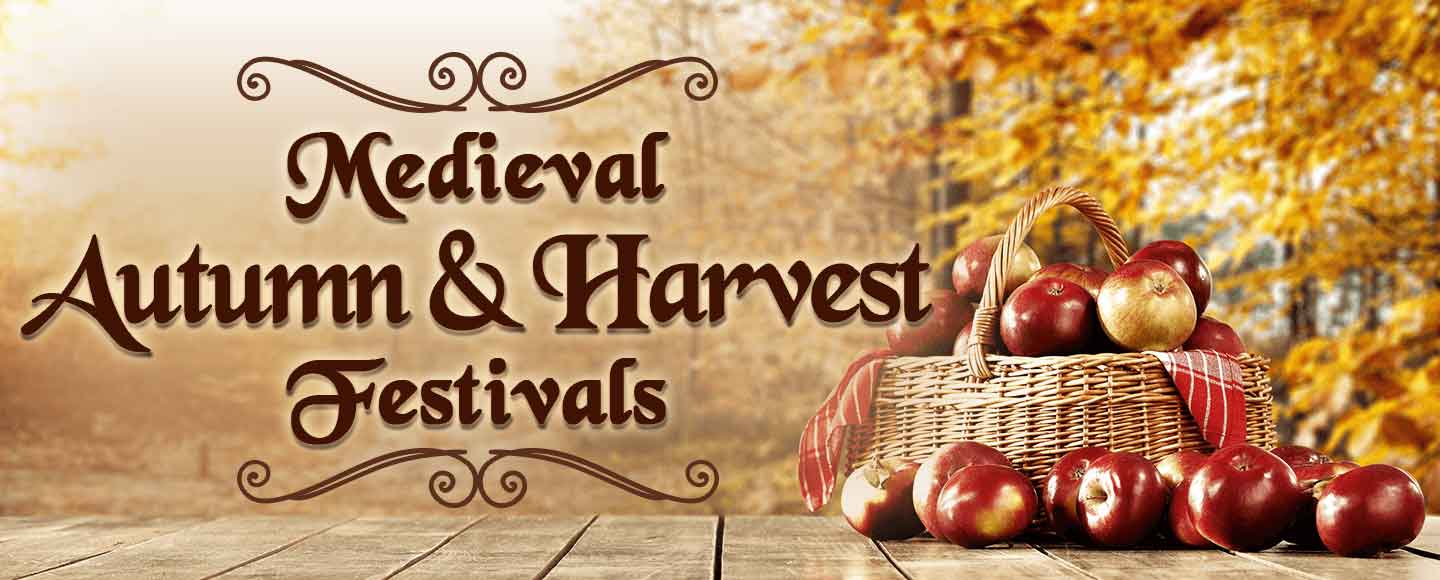
The fall season is very much a season for harvest festivals. This was especially true for the medieval world. For example, a play from 1600 mentions a harvest celebration that involves singing. End of harvest festivals had the name of Horkey in Eastern England and Ireland. As it didn’t have a standard spelling, it could also be called Hawkie and Hockey. We generally don’t immediately think of the fall season when we hear that second word. Regardless, some modern traditions come from this season of harvest. In this post, we briefly explore some autumn or harvest festivals as well as some of their medieval roots.
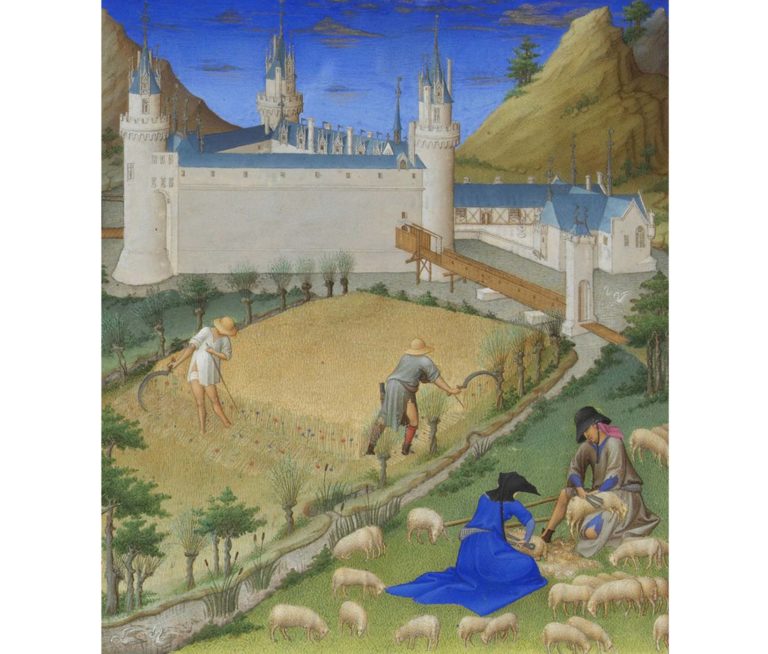
Medieval Harvest Festivals in August
Let’s start with the first autumnal holiday according to the calendar: Lammas, also known as Lughnasad. This holiday falls on August 1. While modern people may not consider this to be a part of autumn, it was definitely an autumnal holiday in the past. Lammas in medieval times was a Christian holiday known as Loaf Mass Day. It is most currently celebrated by modern pagans and Wiccans. This was the Feast of First Fruits and usually signified the wheat harvest. According to the Anglo-Saxon Chronicle from around the 9th century, tenant farmers were bound to bring a fresh harvest of wheat to their landlords. Lammas usually marked the time when the stores from last year’s wheat harvest had run out, a rather important event for any agricultural society.
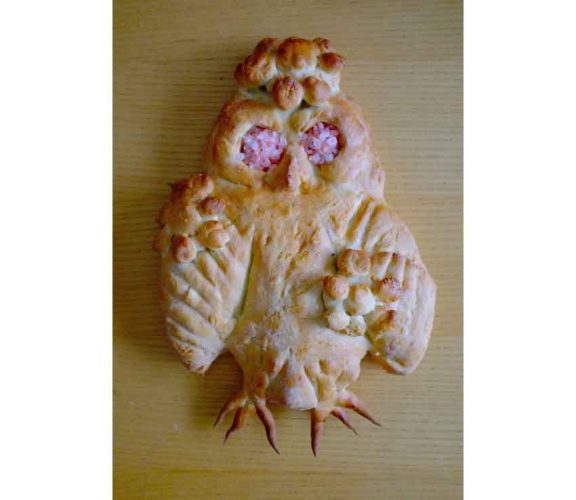
What were some historical harvest festivals in September?
In September, there are two holidays to check out: Mabon and Michaelmas. Mabon celebrates the Autumn Equinox and the official start of fall for many people. As a typically pagan celebration, this holiday focuses on the idea of the second harvest and has an association with apples. Apples are a common symbol of autumn and the harvest. Besides apples, Mabon can include corn dollies, which are often a symbol of the spirit of the harvest. While today, corn means maize, the word corn for the medieval person would have referred to any type of grain. They had superstitions about cutting the last bit of grain and thought that it could be bad luck due to nature spirits.
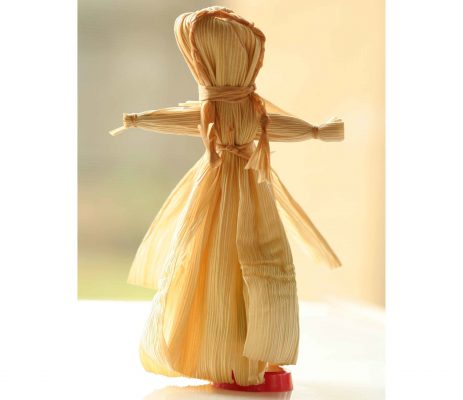

Michaelmas
For the medieval person, especially peasants, the far more important autumn or harvest festival would have been Michaelmas. This Christian holiday is known as the Feast of the Archangels, but it had more importance than just being a religious festival. Just as the equinoxes separate the year into quarters, the feast of Michaelmas worked the same way for secular business. This was when the English, Welsh, and Irish would have settled any business or legal issues such as contracts and rent. There were also faires at this time called Hiring Faires or Mop Faires. This was when laborers were hired for a fixed term. They usually would work from October to October. Some of these faires have changed into carnival-style faires in the UK in modern times. Tewkesbury and Burton upon Trent are two examples.
Michaelmas had special food traditions. Goose was the main dish of choice. There was folklore surrounding this meat involving Saint Patrick reviving a son of a king who had died eating a goose. They also would make a special type of bread or cake that consisted of equal parts of barley, oats, and rye. According to folklore, this was also the last time that you could pick blackberries. Apparently, the devil was to blame.
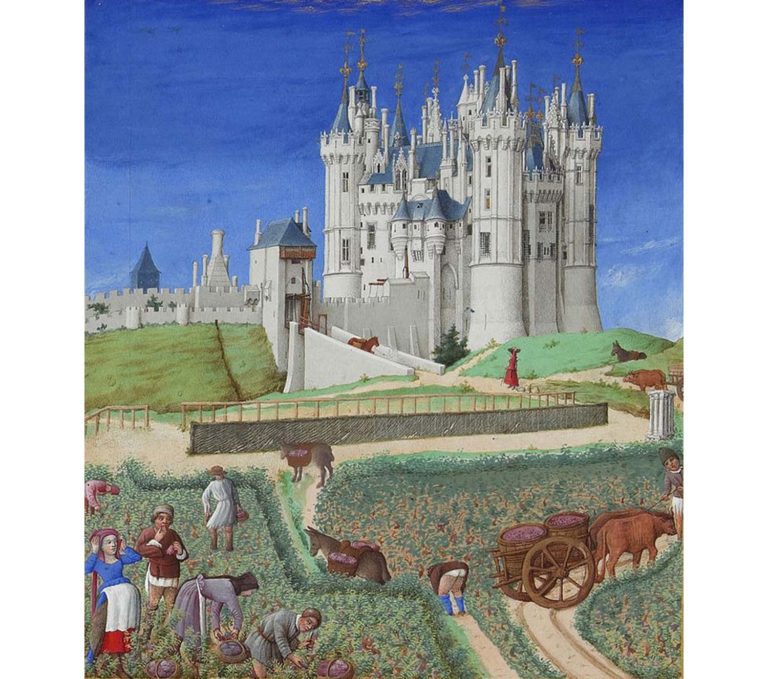
What kinds of medieval harvest festivals were in October?
For the medieval person, October usually signaled the turn towards the end of the harvest season. Of course, today the most popular October holiday is Halloween. This holiday also has the name of Samhain for modern pagans and Wiccans. It also begins Allhallowtide, aka Hallowmas, in the Christian calendar. One of the modern Halloween traditions is trick-or-treating. This tradition has a couple different medieval counterparts: mumming and souling. Mumming involved groups of costumed community members visiting from house to house. It started around 1296, and in 1377, people went mumming to the home of Richard II of England. Meanwhile, souling involved offerings for the dead. Usually, children would go around and ask for soul cakes door to door.
Bobbing For Apples
For some, a popular Halloween party activity is bobbing for apples. Traces of this tradition edge back to the Roman invasion that merged with local Celtic traditions. Apparently, one alternative to trying to bite an apple in water was to bite one hanging from a string. Seems like that would be more difficult for someone short…
Pumpkins and Pumpkin Pie
Of course, no mention of Halloween would be complete without discussing pumpkins. While this plant is native to North America, it was known in Europe at the time of Tudor England. One of the earliest recipes for pumpion pie, which was the name for pumpkin at the time, is from 1670. The Queene-Like Closet by Hannah Wolley provides a recipe for a pumpkin pie that is less custardy than modern pies. In fact, it includes apples, raisins, and currants. If you are interested in making this dish, check out Max Miller’s video doing just that.
We just check out multiple harvest or autumnal festivals and their medieval roots. For the medieval peasant, fall began with the wheat harvest and continued into later months. Therefore, their harvest festivals followed suit. We hope that you have learned a bit about some historical harvest festivals.

We just checked out multiple harvest or autumnal festivals and their medieval roots. For the medieval peasant, fall began with the wheat harvest and continued into later months. Therefore, their harvest festivals followed suit. We hope that you have learned a bit about some historical harvest festivals.
Image Notes:
Scenes from the Tres Riches Heures de Duc de Berry: In the Public Domain
Corn Dolly: Under Creative Commons
Basket of Apples: In the Public Domain
Pumpkins: Under Creative Commons




